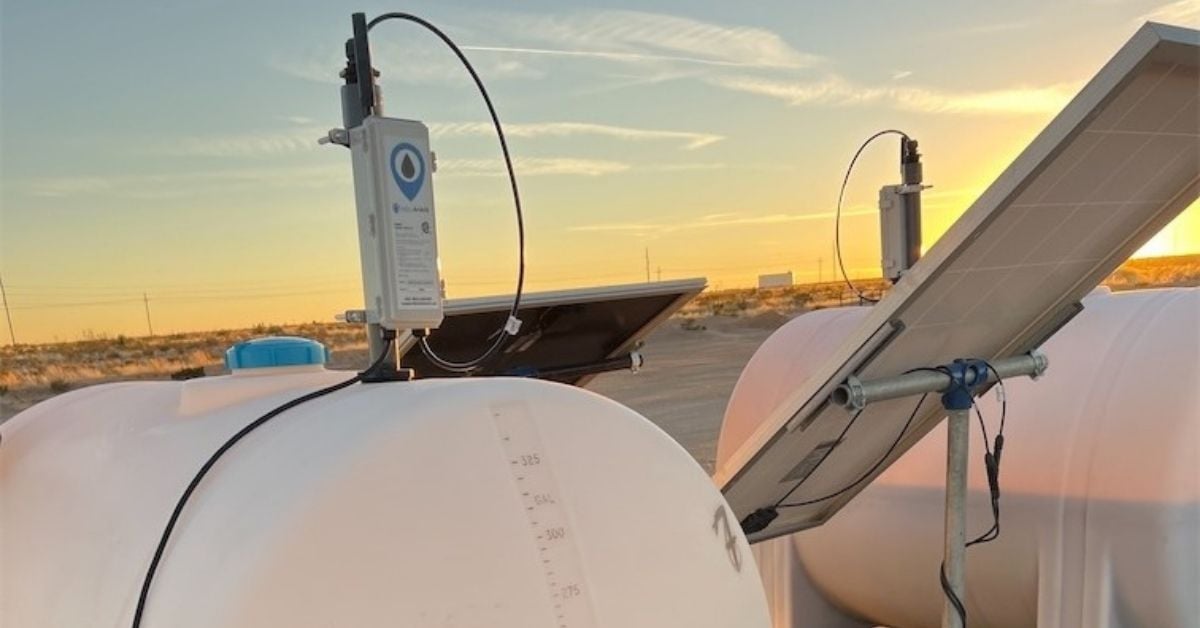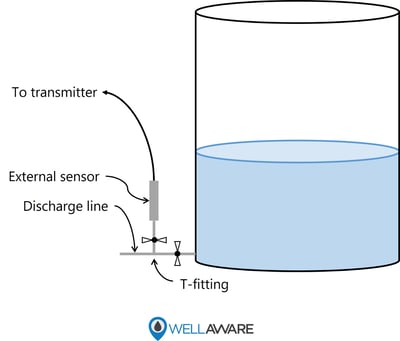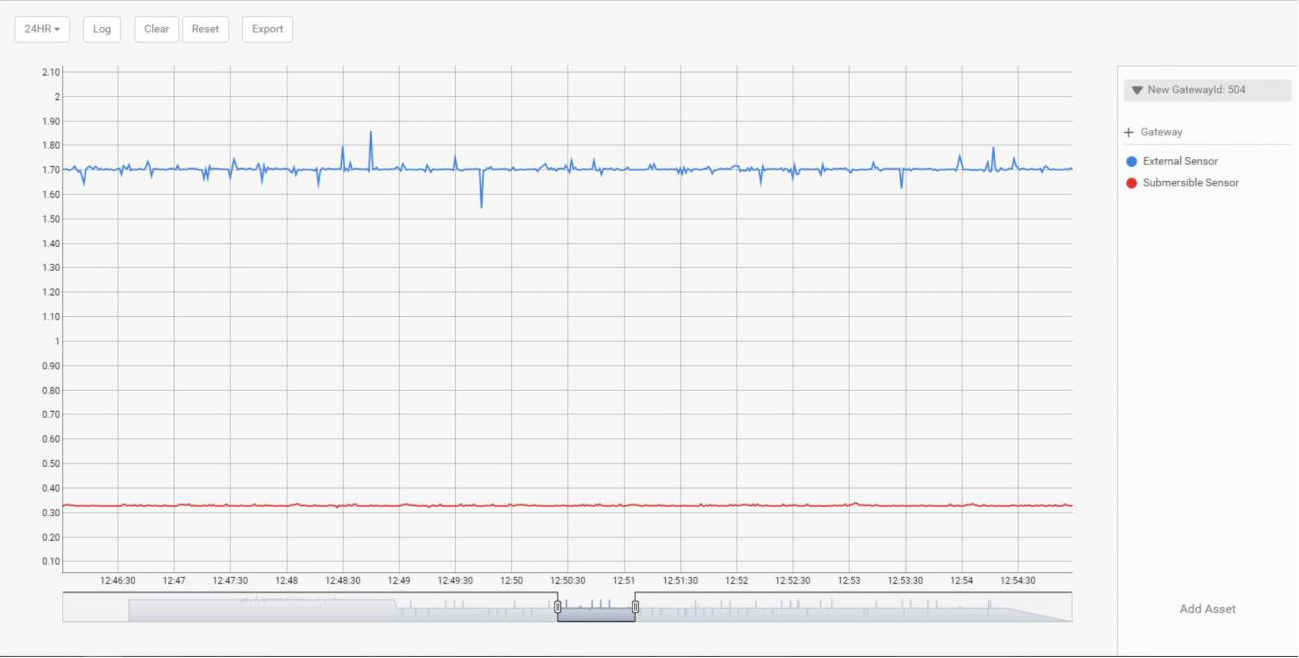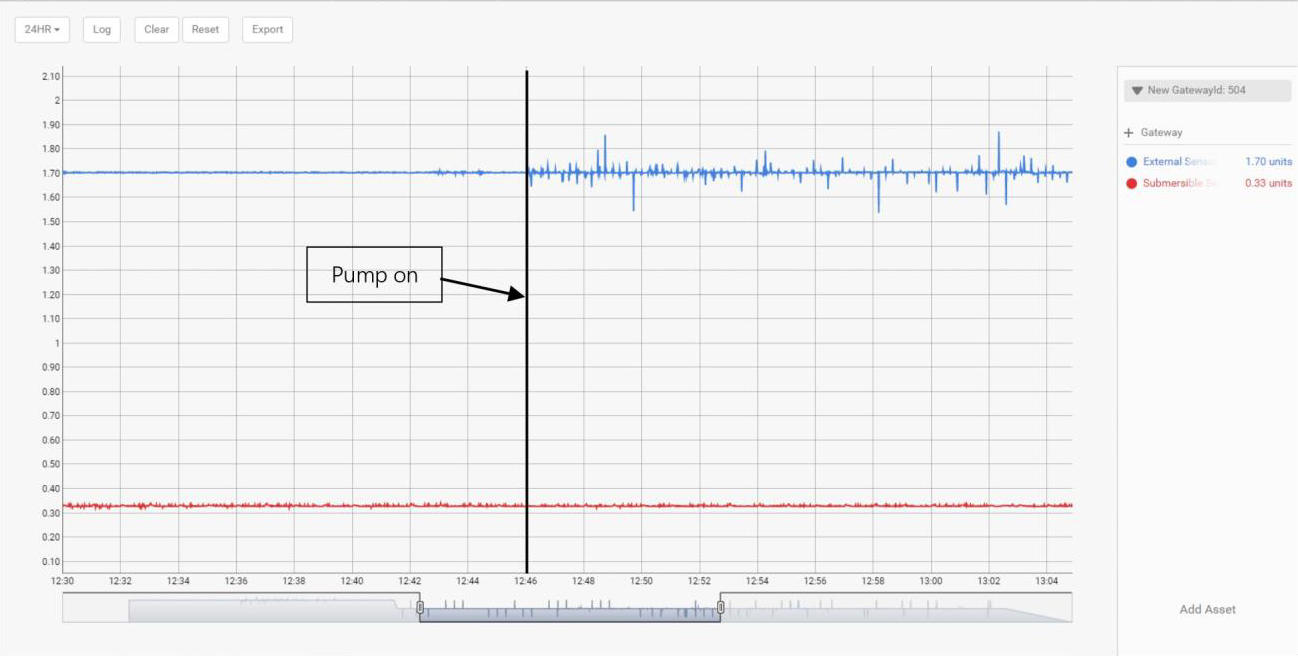
News, Insights, and more on Industrial IoT

When you invest in tank level monitoring, perhaps the most critical question you have to answer is: What type of sensor should I choose?
A while back we published a very popular blog to help people choose between sensor options, including hydrostatics, ultrasonics, floats, radars, and capacitive style tank level sensors. You can read that here: Choosing the best tank level sensor for accuracy and reliability.
In today's blog, we want to talk about hydrostatic sensors, as these are by far the most common choice for low-cost applications applications such as oilfield chemical tank monitoring. They are inexpensive, quite accurate, and much less power-hungry than ultrasonic sensors, meaning you can get more data for longer periods without swapping batteries. WellAware uses hydrostatic level sensors in its tank level monitoring solutions for these reasons.
When you install a hydrostatic level sensor, you have two methods to choose from:
In this blog, we discuss the pros and cons of each install method to help you choose the right option for your setup.
Note: WellAware tank level monitors use sensors that can be installed both externally or submerged in the fluid, based on user preference.
A submersible hydrostatic tank level sensor, as the name implies, is designed to be submerged in the fluid at the bottom of the tank. The sensor measures the weight of the fluid on top of it, also known as the "head", and converts that weight into an electrical signal which can be further converted into a level and volume.

An external hydrostatic level sensor is not submerged in the fluid, but rather mounted externally on the discharge piping, usually with an isolation valve and a T-fitting. The measurement principle is the same, the weight of the fluid is measured as it comes through the tank discharge piping.

Submersible level sensors have many benefits, but they also have some drawbacks. Below is a list of the pros and cons of submersible level sensors.
External level sensors also provide certain benefits compared to external sensors, as you can see below.
As you can see, each type of sensor has its own pros and cons. Regardless of which sensor you choose, you'll need to account for the "cons" on either side. For example, with a submersible sensor you'll need to choose sensor materials and manufacturing processes that significantly minimize fluid ingress risk, and make sure to conduct compatibility tests on chemicals.
You'll also need to make sure the vendor provides a way to repair the hole left by the tank level sensor if you decide to relocate or remove the sensor.
For external sensors, you'll need to ensure the sensor doesn't get improperly isolated when a valve is left closed. You'll also need to account for pump suction effects creating inaccuracies, as we will discuss below:
When used in oilfield chemicals applications, external mounted sensors are typically installed on the tank discharge, which is the suction side of the chemical pump.
When the chemical pump runs, it creates a pressure differential that draws fluid through the piping. The same pressure differential that causes the fluid to move can also cause problems for your sensor level readings.
To test this, WellAware ran a side by side comparison of a submersible level sensor (0-5V output) and an external mounted sensor (1-5V output).
The sensors were allowed to sit measure the level of chemical in the tank without the pump on for a period of 10 minutes. The data from that test is show below:

As you can see, the external (blue) and submersible (red) sensors have similar noise profiles when the pump is off, with the external sensor demonstrating slightly more noise due to its higher full-scale range.
When the pump was turned on however, the external mount sensor begins to show the effects of pump suction, as shown below:

When the pump is on, the external sensor shows fluctuations in its signal. The submersible sensor does not experience the same fluctuations.
To further clarify the phenomenon, the following chart shows the appearance of noise in the external sensor when the pump is turned on:

These fluctuations are on the order of up to 0.2 volts, or 5% of the sensor's range. In the real world, that equates to a fluctuation in level of up to 5 inches or more. For a 36-inch tall tank that holds 200 gallons of fluid, that's a volumetric fluctuation of almost 30 gallons!
Fluctuations like this make monitoring inventory and determining usage very challenging. Over the course of many days, it will be possible to see through the noise, but most companies can't wait that long to detect issues in injection. Submersible sensors make it easier to precisely measure changes in level without having to account for pump suction effects, making them a more suitable option for most oilfield chemical applications.
Want to get emailed when we publish the next article? Subscribe to the blog. (We won't spam you).
Liked what you read? Share this post on social media:
Looking to do more with less in oilfield chemicals? Start here.
Like what you're reading? Sign up for updates!
Have a Question?